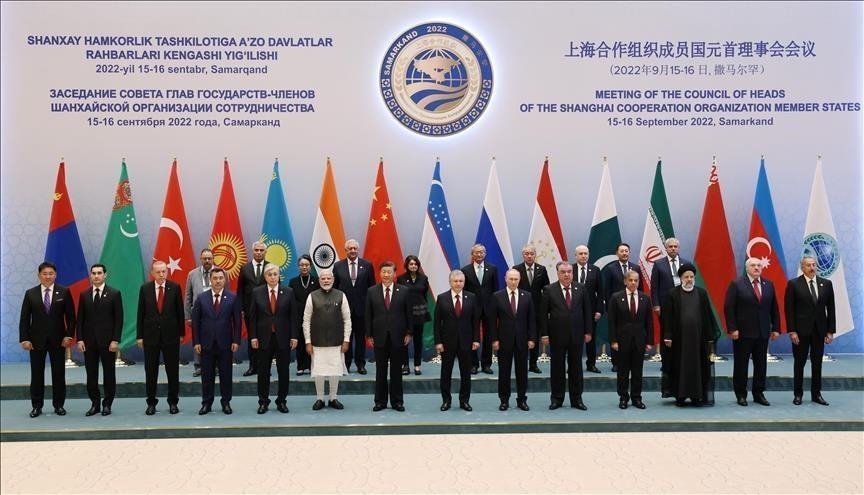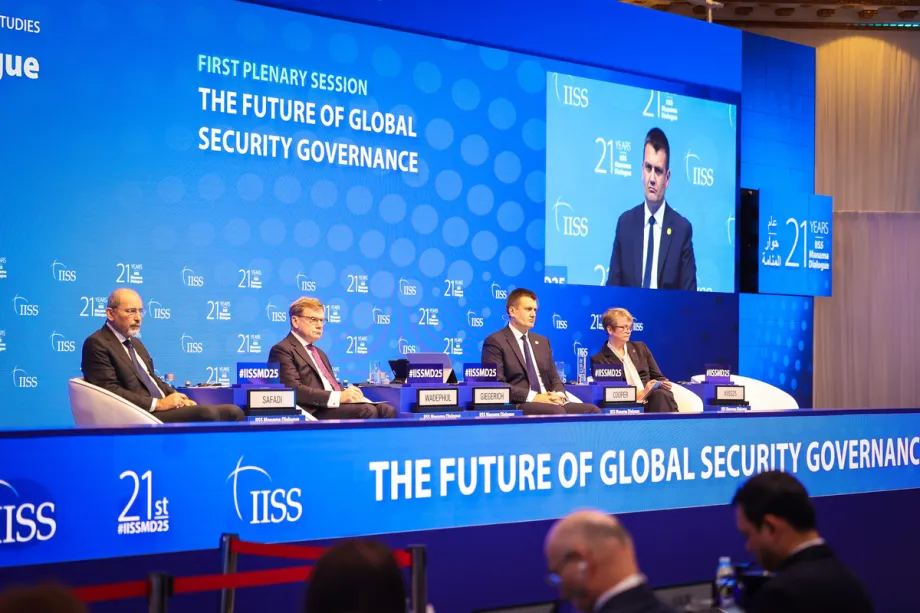hamas denies centcom’s claim that its operatives looted aid trucks in gaza, calling the u.s. footage politically motivated. the dispute raises fresh concerns about humanitarian access and verification under the october 10 ceasefire framework.
Palestinian group Hamas issued a public statement on Sunday denying U.S. Central Command’s accusations that operatives affiliated with the movement looted aid trucks in Gaza. Hamas described the CENTCOM release — which included drone footage purportedly showing looting — as unsubstantiated and part of a narrative used to justify cuts in humanitarian assistance.
Hamas accused Israel of fostering the disorder that led to looting, saying chaos subsided after Israeli forces withdrew from some areas. The statement added that no international or local agencies, nor aid-convoy drivers, have filed complaints or formal reports accusing Hamas of stealing relief supplies.
Humanitarian and security claims from both sides
CENTCOM said its aerial footage shows aid being taken from a convoy in the enclave. Hamas countered that evidence of systematic looting by its forces is absent and pointed to the heavy toll on Palestinian security personnel trying to protect convoys — saying more than 1,000 police and security officers have been killed and hundreds wounded while escorting humanitarian shipments.
Hamas further argued that the number of humanitarian trucks entering Gaza remains insufficient — estimating roughly 135 aid trucks per day — and stressed that many commercial deliveries are beyond the means of ordinary Gazans, reinforcing the need to expand genuine humanitarian flows.
Political context and allegations of bias
In its statement, Hamas accused the United States of adopting an “Israeli narrative,” saying Washington’s emphasis on the footage deepens its perceived alignment with blockade policies and undermines impartial humanitarian assessment. The group said the footage is being used to rationalise restrictions on aid at a time when Gaza continues to face widespread devastation and shortages.
Hamas also criticised the U.S. for failing, in its view, to adequately document or challenge alleged Israeli attacks that have continued despite ceasefire arrangements — citing recent casualty figures provided by Gaza health authorities.
Where this fits in the ceasefire framework
The accusations and denials come amid a fragile truce that began under a US-brokered framework on October 10. Phase one of the agreement included the release of some hostages in exchange for nearly 2,000 Palestinian detainees, and provisions for humanitarian assistance and reconstruction planning. Israel has linked further progress to the return of remaining hostage remains, while Hamas has warned logistical and security obstacles in devastated areas make some processes slow and complicated.
International implications and what to watch
-
- Aid verification: independent monitoring groups and UN agencies may be called on to verify convoy integrity and document any incidents.
-
- Humanitarian access: pressure will increase on mediators to expand safe, unfettered humanitarian corridors.
-
- Diplomatic fallout: the dispute over the footage could strain relations between the U.S. and parties seeking an impartial approach to aid delivery and reconstruction.
-
- Media and information: competing narratives underscore the need for transparent, third-party verification to prevent misinformation affecting aid operations.




